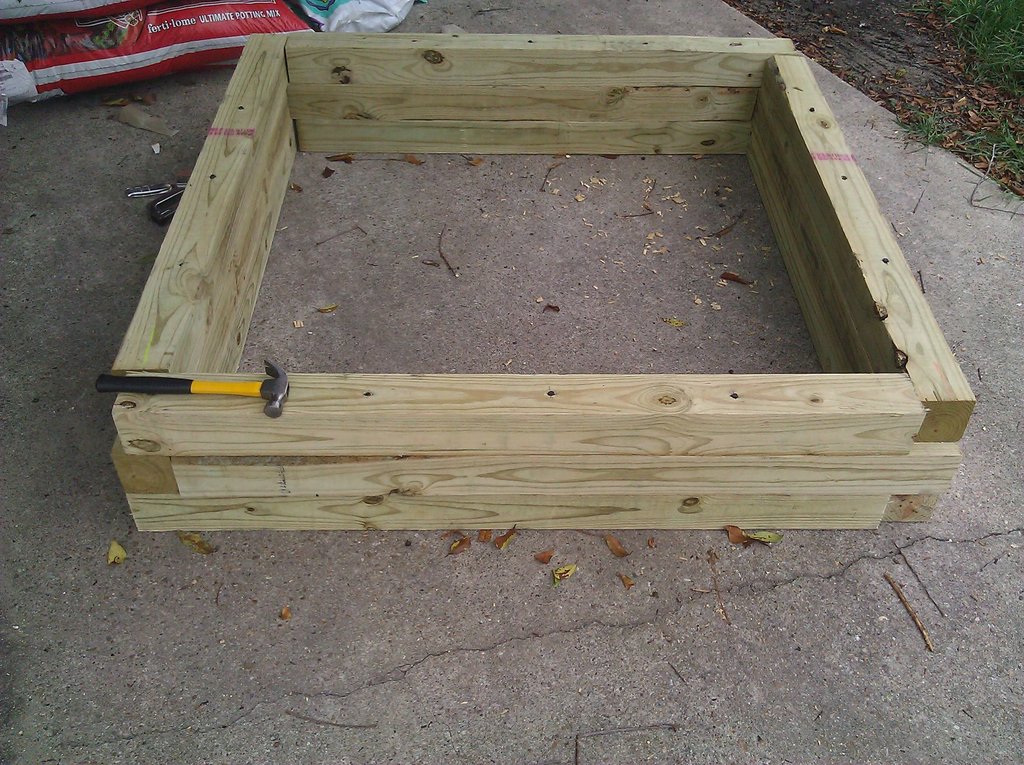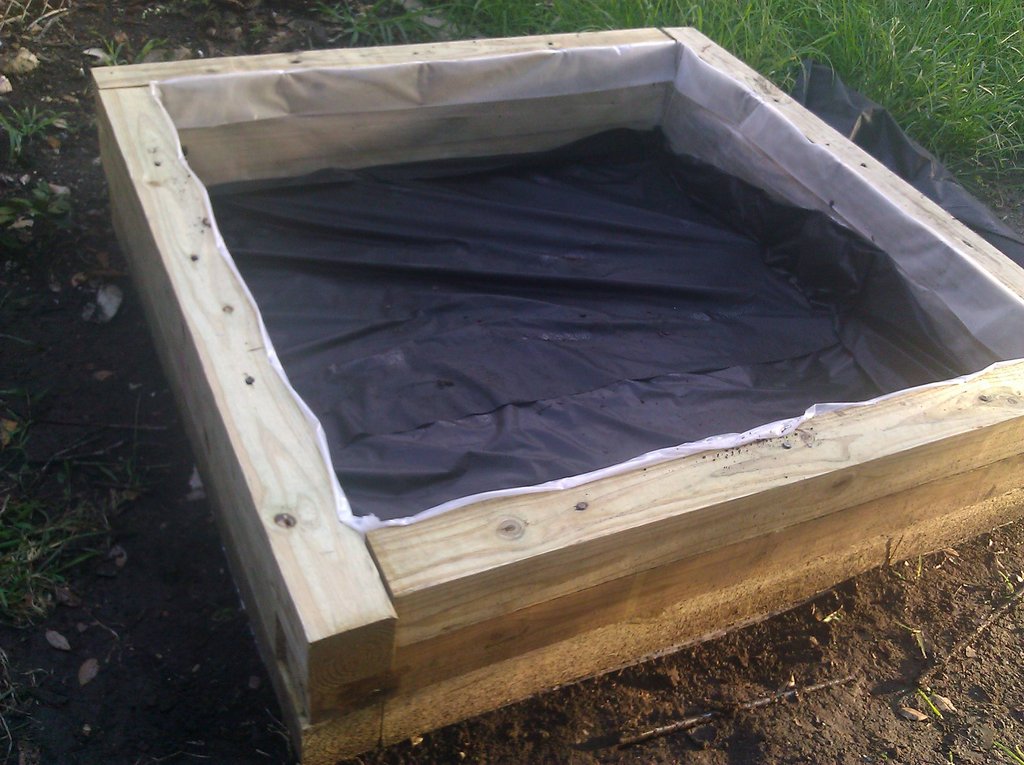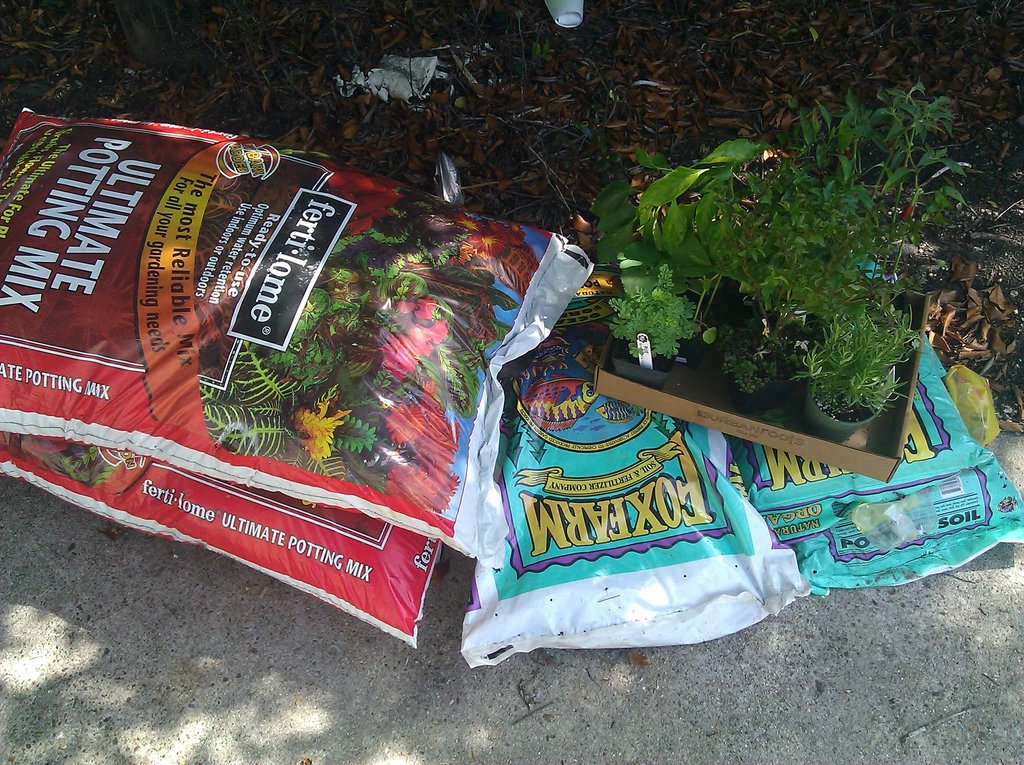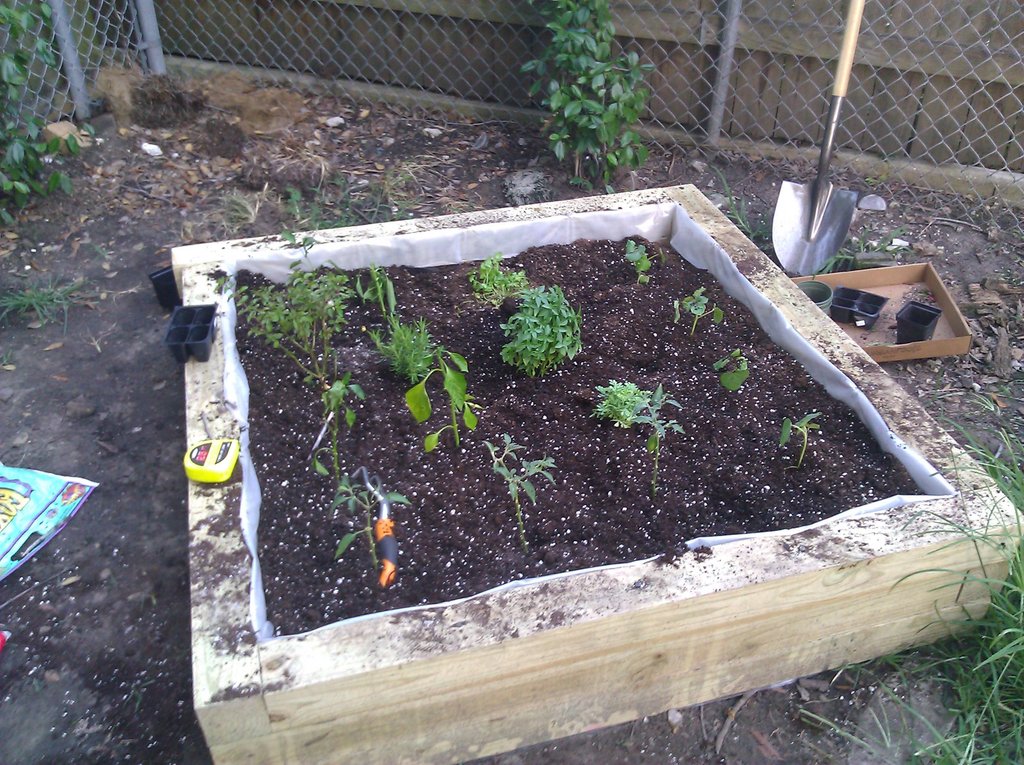
With my CELT grant I learned how to garden. I say that loosely, because I’ve only begun to learn the basics, but regardless, I have a functioning, producing garden in my backyard. I’ve had mint, basil, hot peppers, sweet banana peppers, okra, rue, and sage growing all summer – plants chosen for their ability to withstand the Louisiana heat. I have rows of young tomato, onion, basil, broccoli, lettuce, and Kale in the ground right now for the winter garden, and the materials to build a second bed to hold all of them.
Back in May, I received an email asking for submissions for summer research, and I thought I might as well apply for a gardening research project. I’ve never grown anything in my life, but I’ve known I wanted a garden for years now, and there was no way I could afford to set it up. In a moment of inspiration, I wrote a proposal and submitted it, and it was rejected. However, one of the professors heading that project sent my proposal to social innovation. With some reworking, I submitted a new project plan that was accepted!

The most important thing I found once I began building is that when you’re trying to do something that you do not have background knowledge of, working with other people and learning from them is the only way to succeed. I’ve grown up seeking knowledge on the internet, but the problems with using only the internet for this project were twofold – firstly, I was in no position to judge the validity of the information I found, and good and bad are always mixed on the internet; and secondly, gardening is very specific to geography and season, and information I found wasn’t tailored and often wasn’t applicable to my project.
Right now, I have a 4’ by 4’ raised bed garden in my backyard still producing the herbs and vegetables mentioned above, and my mint plant occupies a second pot I built from some wood I found, as it otherwise would take over the whole garden. I have prototype hydroponic systems set up and ready for some of those baby plants to be placed in them. I have enough wood to build another raised bed, again to deal with the influx of baby plants that are almost ready for their own plots, and I need to buy a little bit more soil to give them somewhere to grow.

It’s so nice to be able to track at least some of my food start to finish and to save all the energy produced from the packaging, shipping, and storing food. It is a constant goal of mine to reduce my impact, and this is one attempt at beginning to do just that. It’s still very much a young project, but gardening is a lifelong pursuit, and everything happens one step at a time. I also have more seeds and baby plants than I know what to do with, so if you’re interested in growing some yourself just shoot me an email at jyork2@tulane.edu and I’ll see if I can help you out!

